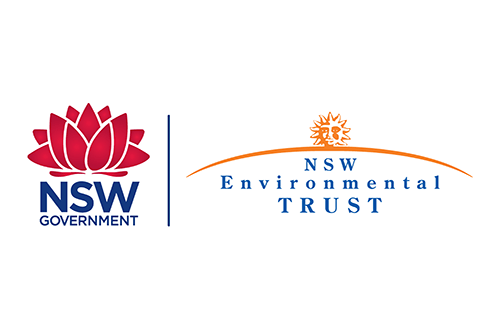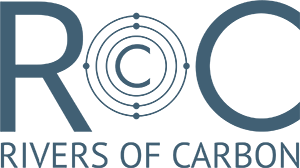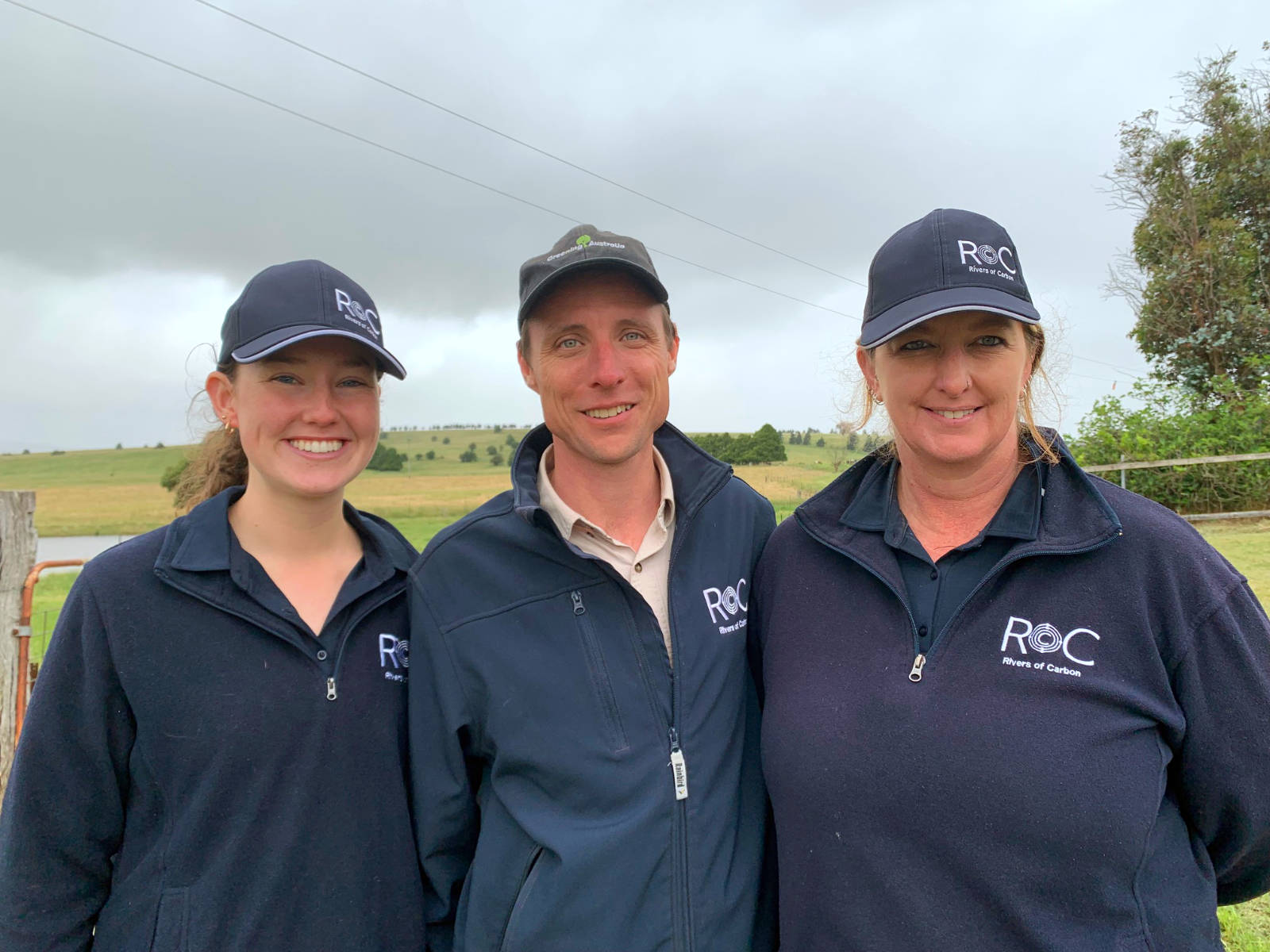It’s time to say farewell to RoC Grabben Gullen, one of our Southeast NSW initiatives, as we come to the end of the project’s third year. After an exciting few years of wetland and waterway restoration work, we’ve learned a lot and hope to share some of that knowledge here with you today.
The unique challenges of river restoration
Spanning from Gunning to Crookwell, RoC Grabben Gullen engaged 5 landholders, each with their unique landscape and vision for their property. There were sites of all sizes which experienced just about every disruption possible: drought, fire, floods, hail, and Covid-19. In the face of all these challenges, there were dedicated landholders who saw something many struggle to see: a future of rich biodiversity and landscape sustainability for their property. Here at Rivers of Carbon, we’re proud to work with such passionate and committed people.
Climatic and social variability across properties is the reality of restoration works, and part of what keeps the job interesting! Our team works all year round, in most weather conditions, to deliver on-ground projects like RoC Grabben Gullen. With the support of our landholders, project partners and wider community, we are able to deliver high-quality projects year in and year out.

Project outputs
RoC Grabben Gullen had a particular focus on biodiversity connectivity for native wildlife and improving water quality for downstream communities and farm productivity. To achieve these overarching goals, the project provided incentives for fencing, native revegetation, alternative stock water sources, small scale erosion works and minor woody weed removal. With the addition of community ‘get-togethers’ and local workshops on waterway management, we designed the project to equip landholders with the necessary materials and knowledge to engage with riparian restoration long after the Rivers of Carbon project had ended.


The Rapid Appraisal of Riparian Condition (RARC) reports, taken once at the project start and once at the end, are the scientific measurement of project impact. Marked on a scale out of 50, the RARC considers 5 indices: habitat, cover, natives, debris and features. You can read more about the RARC tool here.
On average, the Grabben Gullen site RARCs increased by 7 points in just three years, improving sites from 17/50 to 24/50!
The majority of these improvements came from increasing understorey and ground vegetation by fencing off restoration areas to protect them from domestic stock and revegetating with trees, shrubs and grasses. This project resulted in over 3600 new plants going in the ground, helping to regenerate and connect 242 ha for local wildlife. Excitingly, these RARC scores will continue to improve over time, long past the project’s 3 year timeline.


Other Grabben Gullen project incentives included 4800 metres of fencing, that enabled 9 km of aquatic habitat within riparian areas to be connected. The direct water sources lost in this project were returned in the form of alternative stock water, using gravity or solar pumps to fill paddock troughs. This left landholders with more improved off-stream water quality sources, whilst at the same time increasing overall ground cover, understorey growth and riparian habitat. Improving water security on farms is one of the most important ways to reach ‘high’ landscape resilience. It enables landholders to navigate and recover from ecological stresses, and comes about by investing in response diversity, valuing reserves (financial, biophysical, and social), and fostering social capital.
Improvements shown over the years
The photos from across the RoC Grabben Gullen project show some of the on-ground improvements championed by this project. You’ll see the stark differences in the 5 RARC indices of habitat, cover, natives, debris, and features, between photos taken in 2019 and those taken in 2022. Notice the grassed up banks of eroded gullies, increased ground and midstory vegetation, presence of aquatic reeds along watercourses and increased biodiversity of protected corridors.


Slumping bank of erosion gully has begun to grass over with young saplings as grazing pressure is removed with stock now fenced out (2019 → 2022).


A new dam constructed with project incentives will secure stock water in challenging future seasons (2019 → 2022).


Native aquatic reed growth in tributaries helps to filter catchment water and keep banks stable during large flows (2019 → 2022).


A new rock ramp has been installed to manage active erosion, acting to secure loose soil, and soften the impact that heavy flows have on the landscape (2019 → 2022).


New fencing has successfully created a riparian corridor for wildlife and increased biodiversity, whilst leaving a productive cropping paddock right next door (2019 → 2022).
We’d like to thank all landholders who were involved with the RoC Grabben Gullen project, especially for the inspiring vision, time and patience over a tough couple of years. Your commitment to riparian restoration and sustainable farm management motivates us to continue with the work we do.
If you’re interested in joining a Rivers of Carbon project, please reach out! We currently have projects running in the Sydney Source Water catchment area), Yass River (coming soon), and the ACT’s Naas River. RoC Source Water is currently looking for eligible landholders with livestock to join the project.
If you’re interested, please contact one of our RoC team for more information:
Lori Gould, RoC Program Manager:
✉️lori.gould@arrc.com.au
📞0439 030 058
Mikayla Hyland-Wood, RoC Project Officer
✉️mikayla.hw@arrc.com.au
📞0466 665 272
All images are courtesy Siwan Lovett, Kate McKenna and Mikayla Hyland-Wood.
We’d also like to thank our wonderful funding partner, NSW Environmental Trust, for supporting our work in and around Grabben Gullen.



